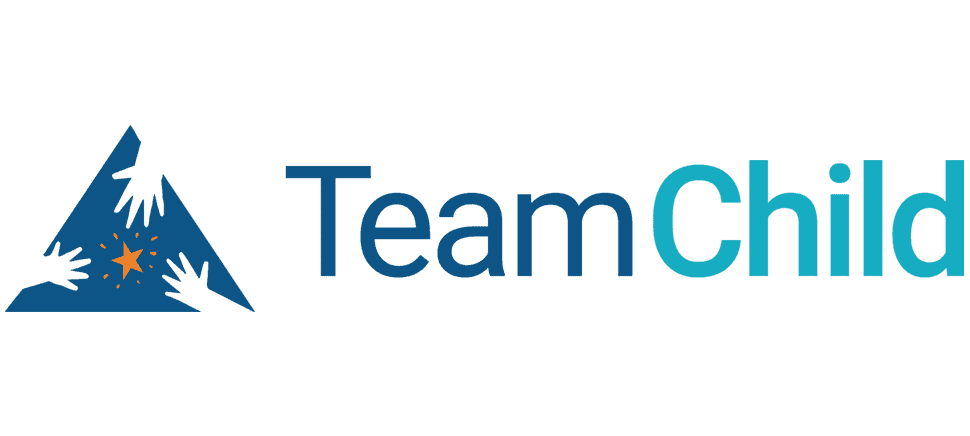Putting Our Money Where Our Values Are
The end of March signals a shift in the state legislative agenda. Policy bills have either passed through both houses, or they have “died” along the way. Now the House and the Senate propose budgets, and then both houses get to work to reconcile their budgets and the Governor’s budget (proposed before session) to come to an agreement for a state budget for the next two years.
TeamChild is working to support some of the funding proposals this session, and watching carefully how our state legislature allocates resources. I grew up in a faith tradition that taught me that a “budget is a moral document.”[1] What that means to me is that we put our money where our values are. If we fund something, we must think it’s important.
Special Education Funding
One of the biggest discussions happening this budget session involves the funding of special education services in K-12 public education. Improving the resources for students who receive special education services is critical to making sure the school environment is inclusive and accessible for all. Currently, school districts can only receive special education funding for up to 13.5% of their student population, no matter how many students in their district actually receive special education services. This is called a “cap.” In more than half of Washington’s school districts, more than 13.5% of students receive special education services. This is sort of like saying, “we’re only going to put 13 life jackets in every boat (aka school district), even though we know there are more than 13 people on each boat.”
Several years ago, school districts and parents collaborated to sue the state over the failure to fully fund public education (known as the McCleary case). That lawsuit, notably, left out the funding and educational needs of students who qualify for special education. E2SSB 5311 and ESHB 1436 aim to phase out the “funding cap” over the next 4 years to allow districts to obtain larger pots of special education funding. There are incentives in the bills to encourage integrating students with disabilities into general education classrooms, which is required by law. However, both fall short in providing a meaningful array of supports to make sure those integrations are successful.
Resources that support TeamChild clients
There are other important funding requests that provide resources to the support systems TeamChild clients need. For example, there are several funding requests to continue supporting youth who are experiencing homelessness, including sustained funding for Youth and Young Adult Housing ($11.8M per biennium); community-based supportive housing services for young people exiting foster care, juvenile rehabilitation (JR) and for families involved in child welfare; a 10% increase for the Office of Youth Homeless grantees; and an increase to the Homeless Prevention and Diversion Fund ($5,000,000).
Sustaining a Work Force that support our clients
There are efforts to increase the reimbursement rates for attorneys who provide civil legal aid, because we cannot sustain a well trained work force if we cannot pay them a meaningful salary. This is a theme in this year’s budget in several areas, including reimbursement rates for Medicaid funded pediatric behavioral health providers, agencies that provide children’s long-term inpatient care, and helping reduce the education debt burden for people who enter the behavioral health profession.
The Department of Children Youth and Families – Juvenile Rehabilitation is seeking funds to begin exploration for siting two new community facilities (one in Clark and one in Snohomish) where youth can complete long sentences closer to their homes. The Office of Public Defense is seeking additional funding to make sure that people (including youth) who need attorneys to assist with postconviction legal relief can get access to counsel.
Forecasting – What’s Ahead?
When Governor Inslee’s proposed budget came out in December, housing, homelessness and behavioral health were on the top of his budget priorities. We know the House and Senate are also focusing on special education funding. There are, of course, many other budget pressures and a forecast that the state will not earn as much in the next two years as they have in the past two years.
We know that whether there are sunny or stormy days ahead for the state’s revenue, the services and supports needed for young people, their families, and communities must be adequately funded now to assure that they can weather all of the ups and downs of growing up over the next two years.
[1] Sometimes attributed to Martin Luther King, Jr, it’s unclear he said exactly that. He did say “[a] nation that continues year after year to spend more money on military defense than on programs of social uplift is approaching spiritual death.”



